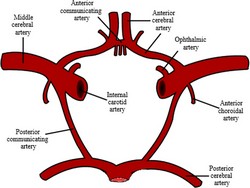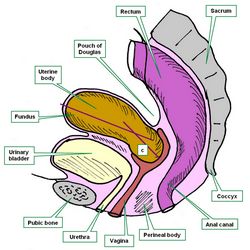|
Henry Gray F.R.S. (1827 – 1861). English anatomist, Henry Gray was born in 1827. Not much is known of his early studies. What is known is that on May 6, 1845 Gray was studying as a pupil at St. George’s Hospital in London. At 21 years of age Gray won an award for an anatomical paper on human and comparative anatomy of the eye and its appendages.
In 1850 Henry Gray was appointed as house surgeon to the St. George’s Hospital, and in 1852 he was elected as a Fellow of the Royal Society. He wrote several anatomical papers and in 1852 became a lecturer on Anatomy at the same hospital.
At this time he started work on what would become his legacy to the world. A systematic analysis and treatise on human anatomy that was originally published in 1858, entitled “Anatomy, Descriptive, and Surgical” which was profusely illustrated by Henry Vandyke Carter, M.D.
Unfortunately for the world, Henry Gray was affected by smallpox and died on June 13, 1861 shortly after he was elected as a member of the Royal College of Surgeons. Henry Gray died when he was only 34 years old.
|

Original imagecourtesy of NLM
|
| Much of the original work of Henry Gray is today in the public domain. Still, the book that he published is still in print, much modified, but with the same educational purpose. The 40th British Edition of “Gray’s Anatomy: The Anatomical Basis of Clinical Practice” was published in November 2008. The American Edition of the same book was published in 1908, long after his death. The 30thAmerican Edition of Gray’s Anatomy was last published in the USA in 1984.
Sources:
1. “Henry Gray and Henry Vandyke Carter: Creators of a Famous Textbook" Roberts, S. J Med Biog 2000 8: 206-212
2. "Henry Gray, Anatomist: An Appreciation" Boland, F Am J Med Sci 1908 1827-1924
3. "The Anatomist: A True Story of Gray’s Anatomy" Hayes, B. Random House PG 2007
|







